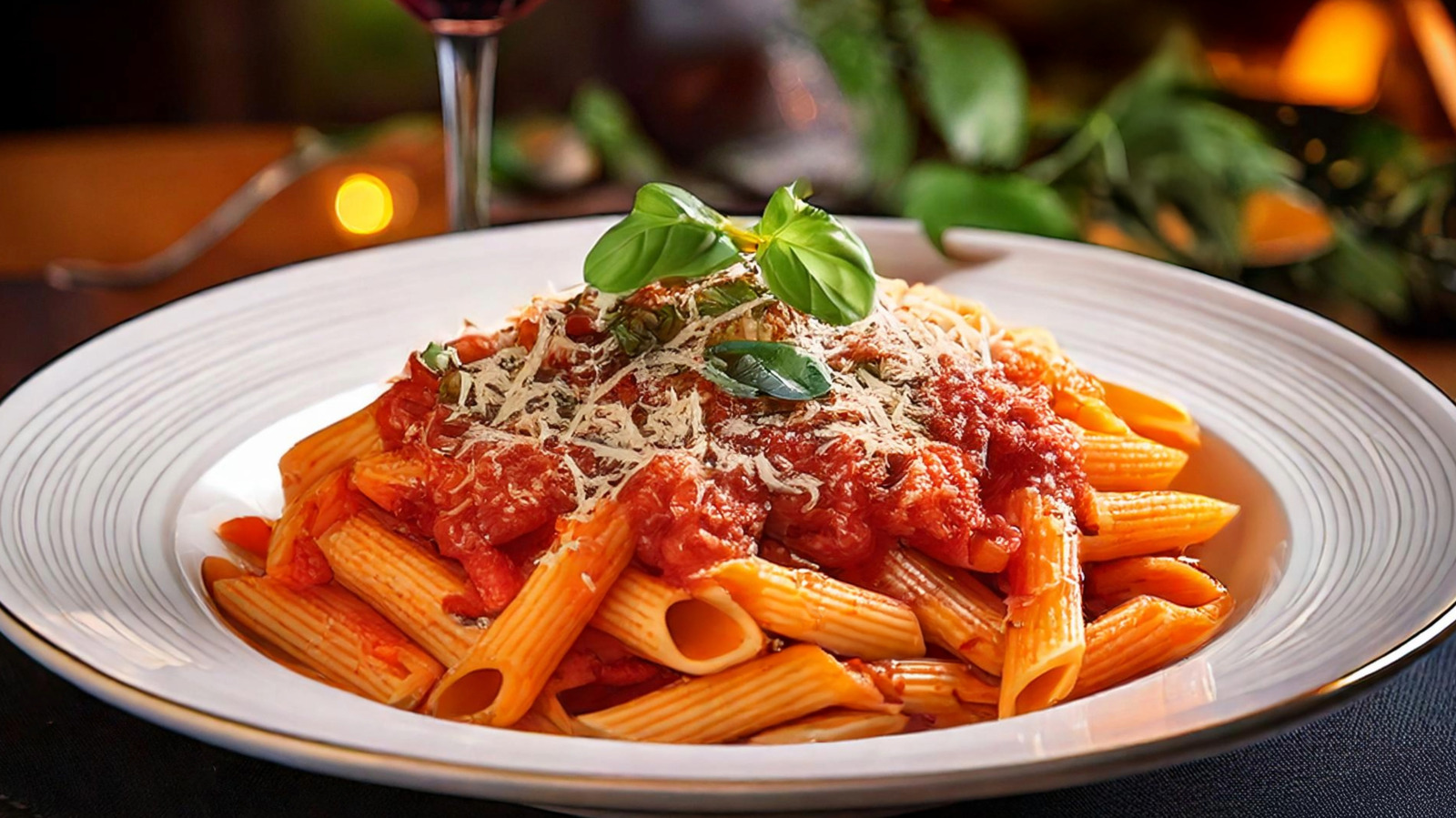
"Even something as simple as aglio e olio, a classic Neapolitan dish made with olive oil and garlic, can have a completely different impact on your taste buds in a restaurant. You might not realize it on a conscious level, but the main thing chefs do better than home cooks is nailing the texture. In restaurants, pasta isn't cooked to al dente perfection in the pot; instead, it's slightly undercooked, then finished in a skillet together with the sauce."
"Most of the pasta we make at home is overcooked because we dutifully cook it in the pot until al dente, then toss it in the sauce where it continues to cook! The extra two or three minutes spent inside the skillet are just enough to ruin the texture we aimed so hard to achieve in the pot. Unless, of course, the pasta makes it into the pan just a tad undercooked - ideally, two minutes before it's ready."
"The way the sauce sticks to the pasta is an important element of texture. Once combined with the macaroni, the home sauces are often too watery (when made from scratch) or too thick (when plopped into the pan straight from the jar). Restaurant pasta doesn't have this hiccup because the pro chefs use pasta water to create the ideal consistency of the sauce."
Restaurant chefs undercook pasta slightly and finish it in a skillet with sauce to preserve ideal texture and allow proper sauce integration. Home cooks often overcook pasta by following al dente timing in the pot and then continuing to cook the noodles when tossed into sauce. Finishing pasta in the pan for the last two minutes yields a better bite and more cohesive mouthfeel. Pro chefs add starchy, salted pasta water to sauce to bind and help sauce cling to noodles. Repetition and precise timing create consistent restaurant results that home cooks can emulate with practice.
Read at Tasting Table
Unable to calculate read time
Collection
[
|
...
]